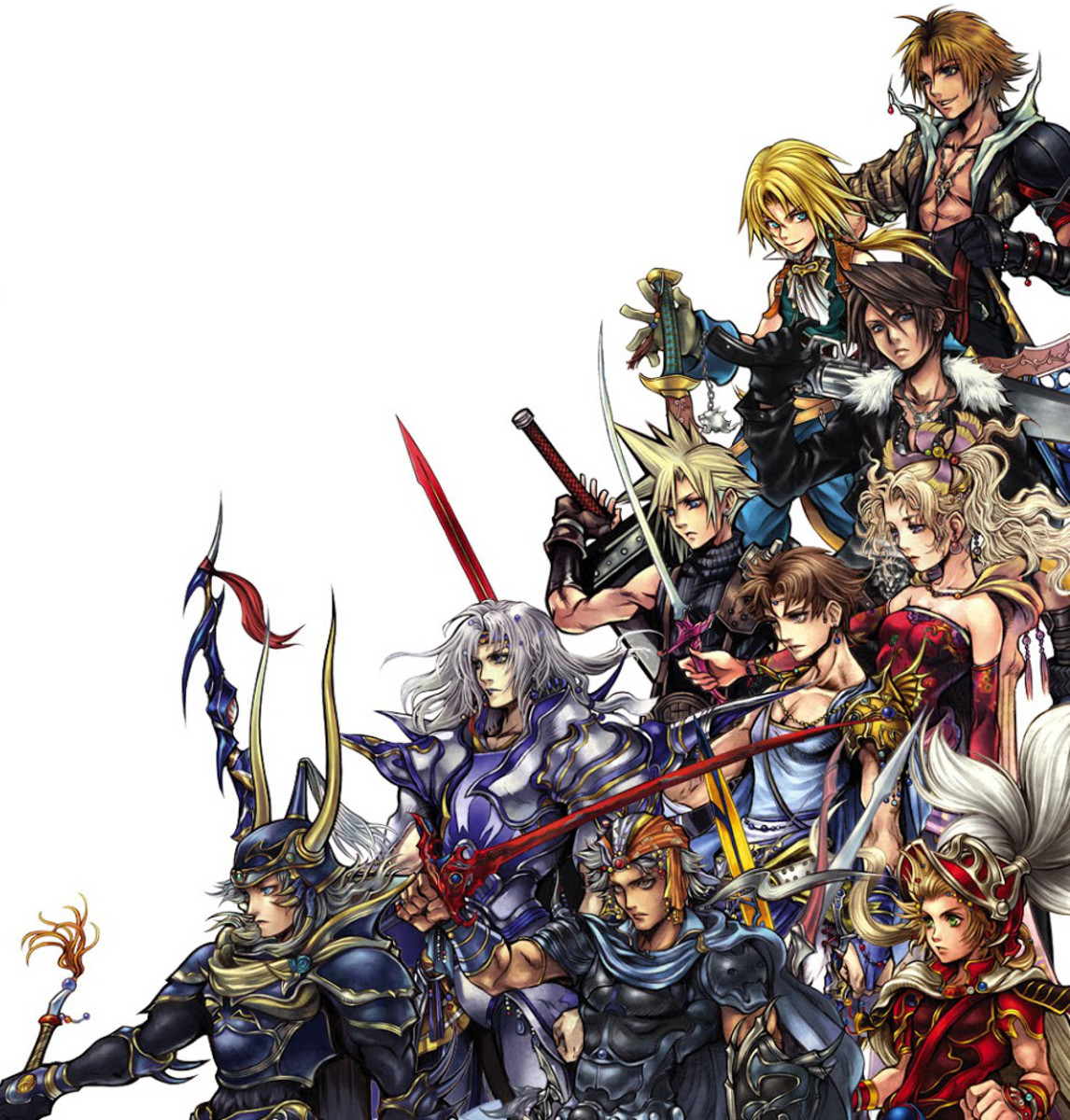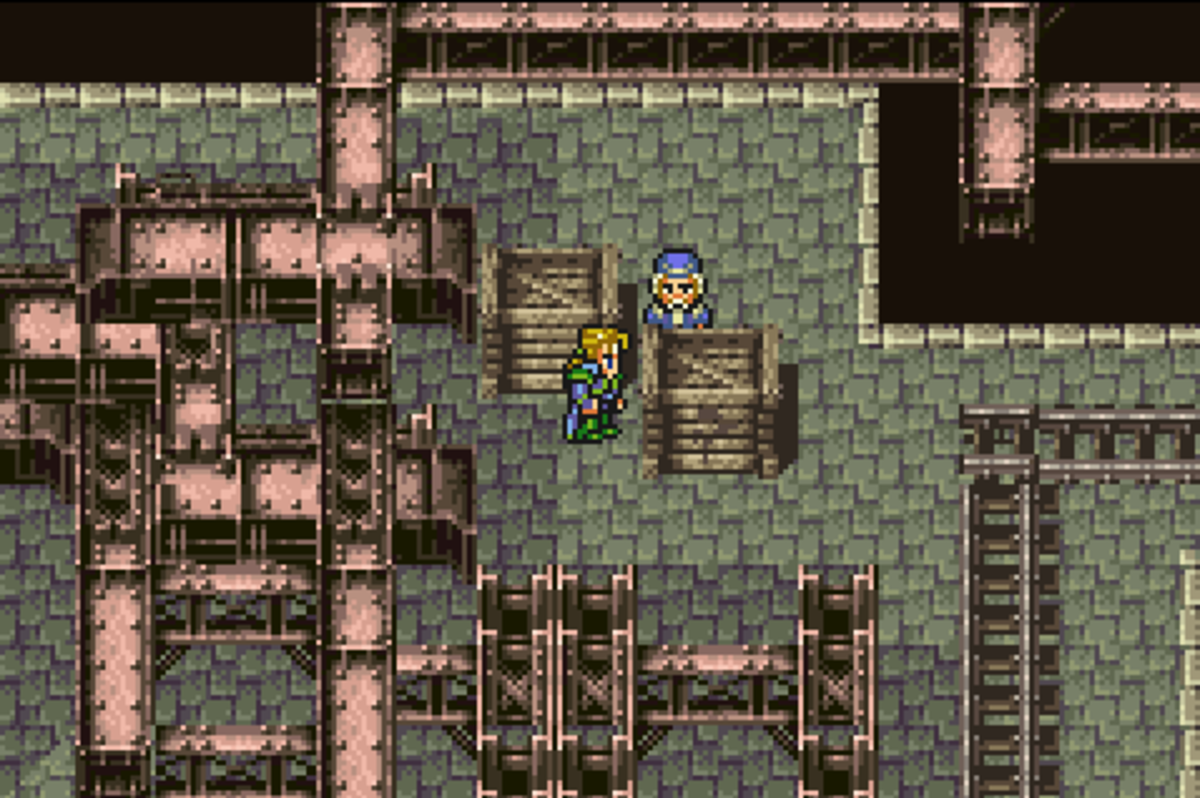- HubPages»
- Games, Toys, and Hobbies»
- Computer & Video Games»
- Roleplaying Video Games»
- Japanese Roleplaying Video Games
Review: Final Fantasy VI
Note: This is the sixth of a multi-part series featuring reviews of Final Fantasy games.
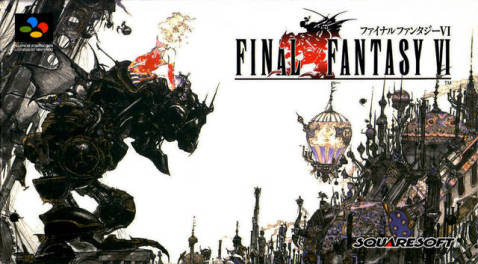
The Definitive Final Fantasy
Final Fantasy VI is the final Final Fantasy to be released as a fully-2D game and the last of the main line Final Fantasy games to be released on a Nintendo platform. So, its somewhat fitting that the last Final Fantasy under those conditions would perhaps the best Final Fantasy not just of the first six Final Fantasies, but is still among the best Final Fantasies of all time.
As, at the time, only two Final Fantasy games had seen overseas releases (Final Fantasy, and Final Fantasy IV, which was renamed Final Fantasy II), Final Fantasy VI was given the title Final Fantasy III for the Super Nintendo, cementing long-lasting confusion amongst unaware fans (some of whom might've bought Final Fantasy III for the DS thinking it was Final Fantasy VI). These naming inconsistencies would be remedied in the PlayStation era when Final Fantasy VII was localized as Final Fantasy VII.
Unlike Final Fantasy IV and Final Fantasy V, which took conventions and the look of the three NES Final Fantasies and simply ran with that, Final Fantasy VI decides to go in a different direction altogether with narrative, with style, and - to a lesser point - its gameplay.
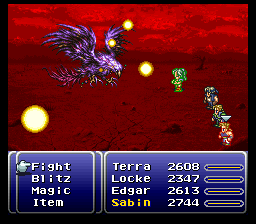
A Party of Characters
Just to compare between the three "narrative focused" Final Fantasy games:
- Final Fantasy II had nine characters (three permanent and six others going in and out)
- Final Fantasy IV had twelve characters (Cecil, four who would end up in the final party, seven others who were in and out)
- Final Fantasy VI has fourteen characters, all of whom can be recruited for use in the final area which in itself allows for up to 12 characters to run through
Some of those 14 characters, such as Mog and his yeti friend Umaro, as well as the mime Gogo, are not storyline characters, and their inclusion or exclusion makes little difference in the plot. Regardless, there are many impactful characters who make their own dent in Final Fantasy VI's engrossing story.
Final Fantasy VI (GBA) on Amazon
Who Needs a Job System?
Continuing the trend, as Final Fantasy VI is more narrative driven like Final Fantasy II and Final Fantasy IV, it also lacks a job system like the other two games. However, the game allows for a ton of customization and, unlike Final Fantasy II which offers the same but in a very tedious manner, Final Fantasy VI eases that with the Esper system of leveling.
Most characters assumes a specific "class" (these classes are absent in the US version of the SNES release, but can be seen in most other versions). These classes are basically in name only as these are character specific, but each character has their own special ability. Locke, a thief, can steal without need for special equipment. Edgar, meanwhile, can use special tools to deal damage or status effects.
However, every character has access to magic. At first, only Terra and Celes can use and learn magic on their own, but once the player acquires Magicite - gems consisting of fallen Espers (the game's summon creatures) - they can slot one Magicite to each character. The character can then learn spells that each Magicite offers at a specific rate. In addition, each Magicite offers a level up bonus which adds strategy to which Magicite each character should equip. The character can also summon the Magicite's Esper once per battle, but most of them aren't worth the MP cost.
The Active Time Battle (ATB) system returns from the last two games, but with the key added features of being able to swap between ready character's command, so you can hold off on having Celes heal until she needs to, or wait on using that devastating firaga until the boss becomes weak to it again. Additionally, the game now allows for pincer attacks - where either you surround or are surrounded by the enemy (the latter prevents escape until you've cleared one side).
This loosening of the ATB system is evident as several bosses can now require your newfound ability to wait it out to defeat it. With so many spells to learn and choose from, Final Fantasy VI allows for a lot of customization. In addition, with 14 total characters to use, players have tons of options to form up their main party for most of the game.
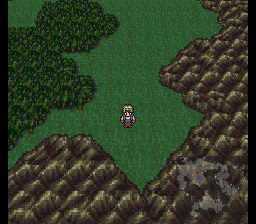
Final Fantasy's New Look
The first five Final Fantasy games all share a certain look and theme. Take a look at my reviews for those five games, and the similarities are definitely there. The 2D remakes of the first two Final Fantasies look even more like Final Fantasy IV or Final Fantasy V. The first five Final Fantasy's all took place in a strictly medieval, fantasy world. All of them utilize basic iron weaponry and the most advanced technology was in the form of boats and airships (of lot of which were based on ancient technology).
Final Fantasy VI decidedly goes in another direction in both of those respects. The game is much more steampunk than any game before it, and the game makes a point of it with the first town you're introduced to in Narshe. The overworld sprites now resemble the battle sprites, and the overworld itself now utilizes the Super Nintendo's Mode 7 rendering technique to add a new perspective on overworld (and airship) travel. These visuals also bring about a larger emphasis on storytelling. You can tell right away from the game's opening credits that the game's graphics are being put to full use in delivering a more cinematic experience.
The story, much more melodramatic than Final Fantasy V but not as bad as Final Fantasy IV, is definitely top-notch and even carries some minor political intrigue. With so many characters, the game puts this to use by having the party split up at multiple points to introduce several concurrent plot points or to allow certain characters to develop without needing to be in the party. Perhaps the most famous (non-spoiler) scene of Final Fantasy VI is the opera scene, where Celes takes the lead in an opera in order to sniff out the rogue Setzer. The game utilizes its amazing soundtrack with the upgraded visuals to create the memorable scene, even without any voice acting for the opera, and showcases the finest the Super Nintendo has to offer for cinematic experiences.
Where to Play Final Fantasy VI (Outside of Japan)
Name
| Platform
| Version
| Notes
|
|---|---|---|---|
Final Fantasy III
| SNES
| Original
| Renamed FFIII as it was the thid localized FF at the time. Also on Wii Virtual Console
|
Final Fantasy Anthology
| PlayStation
| Original
| Package included Final Fantasy V, game is referred to as "Final Fantasy VI" in the package; also on PSN
|
Final Fantasy VI Advance
| Game Boy Advance
| Original
| New localization, new endgame content including new espers and spells
|
Final Fantasy VI
| iOS/Android
| Remade with new 2D visuals
| Visually "upgraded", includes extras from GBA version
|
Ratings
Rating
| |
|---|---|
Gameplay
| 5/5
|
Graphics (by SNES standards)
| 4/5
|
Audio
| 5/5
|
Plot
| 5/5
|
Replayability
| 3/5
|
Challenge
| 3/5
|
Conclusion
Final Fantasy VI gets a lot of love even today, and for good reason. It takes elements of a narrative-focused game from Final Fantasy IV, adds in elements of a varied, unique battle system from Final Fantasy V, and takes the two to create a perfect combination.
Although not my personal favorite Final Fantasy, there's no question that the combination of gameplay, visuals and narrative make Final Fantasy VI the definitive Final Fantasy originally released for Nintendo consoles. It's a bit of a shame, then, that Final Fantasy VI has received no real remake like the first four Final Fantasy games (we're not counting the mobile "remakes" for this), nor has it received any official "sequel" material like Final Fantasy VII, or X, or XII, or especially XIII, or especially IV, or even V. Of course, that doesn't really matter in the scope of Final Fantasy VI, which is indeed one of the best Final Fantasy games to date.


